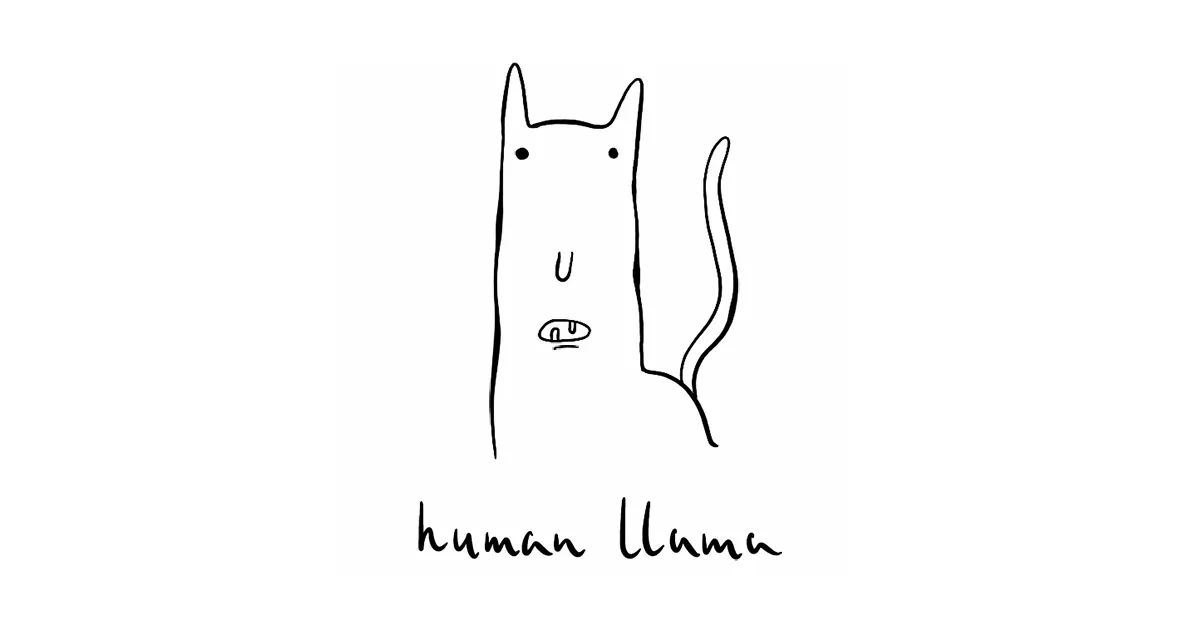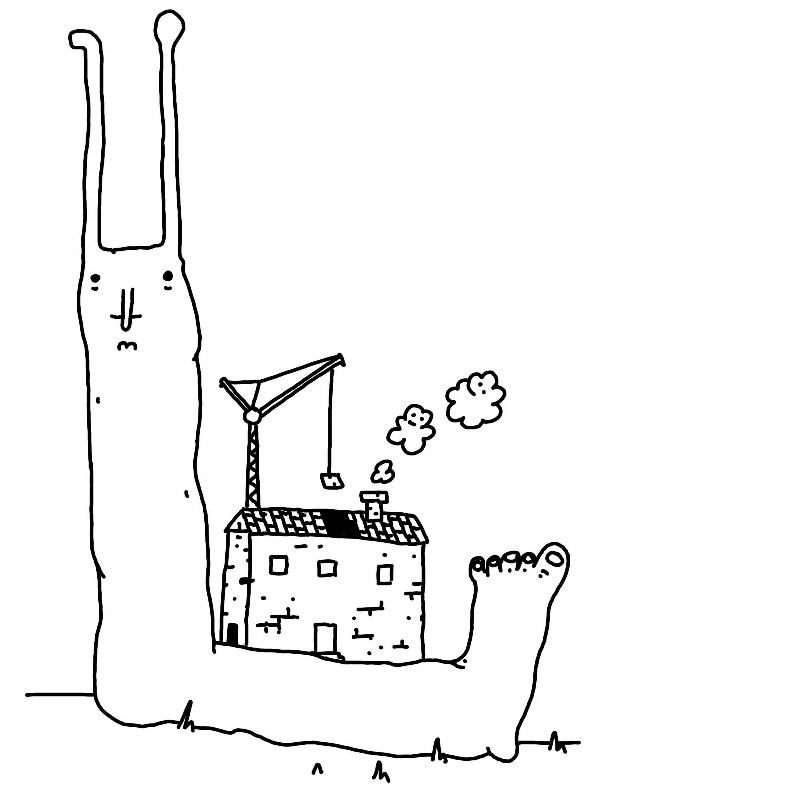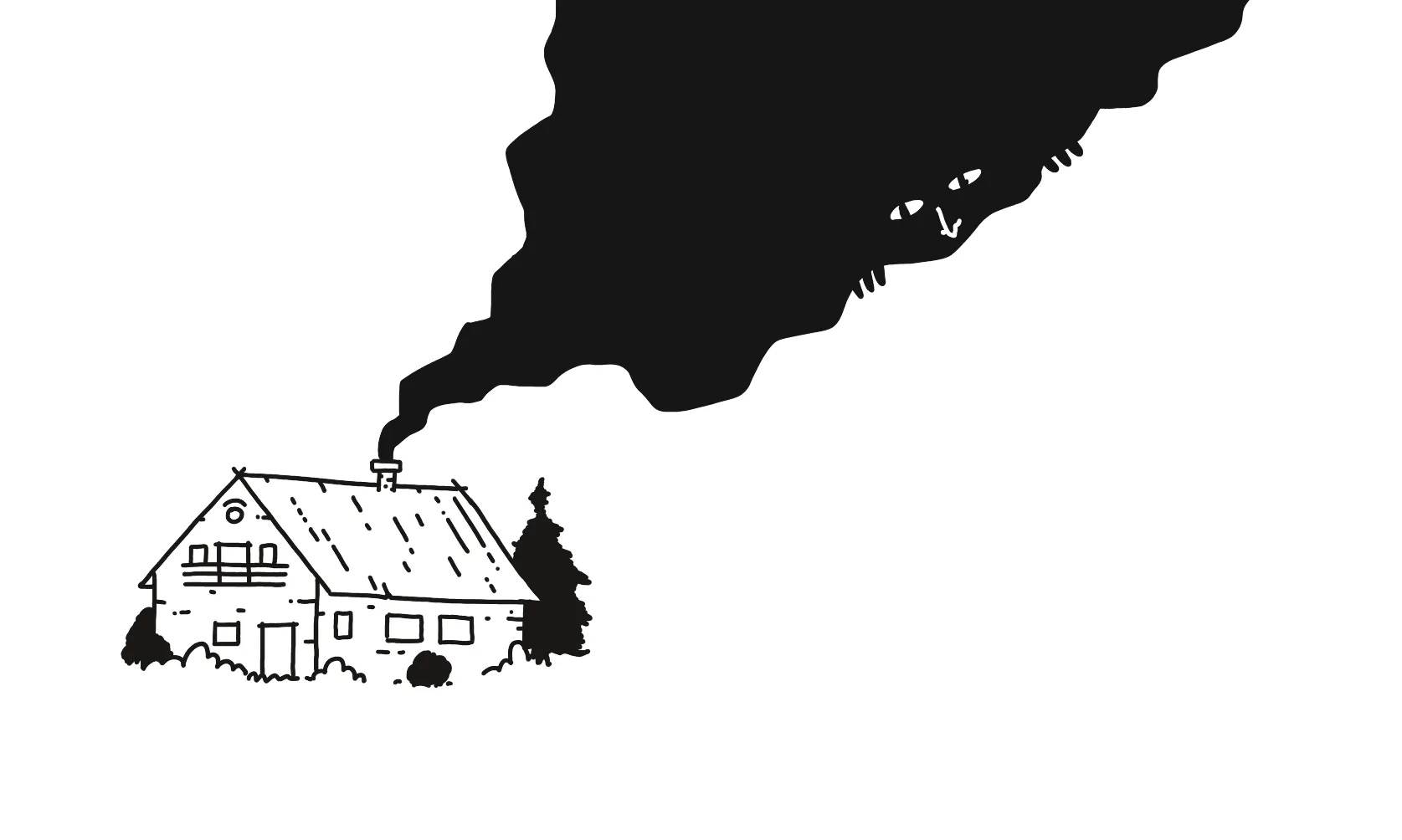
human llama was the brand behind your favourite AAA titles such as "Tommy the Toe and the Chamber of Hostile Carpentry" and "How to Run an All-hands Meeting"
I wrote a quick script to summarise and process my Stream of Consciousness Morning Notes. You can find the repo here.
Why
- because a bunch of people (Ensō users and Say Hi friends) are using LLMs with the Ensō output in a variety of interesting ways (more on that in another post)
- because I believe that the open/offline models are they way to go
- for many reasons (besides the obvious ethical implications)
- because I wanted to play with ollama and llamafile
- because it seemed like a fun thing to do (and it was!)
Finally, every Monday morning I spend 20-30m to review my previous week (New Week). During the review I like to sometimes skim through my daily notes to see if anything interesting (mood, language, tone changes) piques my attention.
None of this takes much time and I enjoy the process itself, but I thought it might be fun to spike a quick script and see I can find anything interesting to share with you.
How it works
Short version:
Read the most recent daily entries from my morning notes, summarise them, extract some key sections (e.g. Beautiful Things) and collate everything into a markdown file.
1. Find the 7 most recent notes in my Obsidian vault:
dir_path = "/Users/raf/Library/Mobile Documents/iCloud~md~obsidian/Documents/sol/Diary/"
files = [f for f in os.listdir(dir_path) if f.endswith(".md")]
# yyyy-mm-dd
sorted_files = sorted(files, reverse=True)[:7]
2. Summarise using ollama/llama2
ollama just released their JS and Python packages. At the time of writing this the JS has some rough edges, so I went with the Python version instead.
def summarise_single_note(note_content):
response = ollama.chat(
model="llama2",
messages=[
{
"role": "user",
"content": f"""
Summarise the note below under 100 words.
Use markdown bullet points.
Every bullet point is one sentence.
Note:
{note_content}
""".strip(),
},
],
)
return response["message"]["content"]
3. Extract "Beautiful Things"
After a few years of writing my daily notes have developed a common structure. In short: they usually end with a TODO list for the day and a list of Beautiful Things I noticed. Normally, I'd just use a regular expression for this sort of work:
def list_beautiful_things(note_content):
response = ollama.chat(
model="llama2",
messages=[
{
"role": "user",
"content": f"""
The note below contains a list of "Beautiful Things".
== EXAMPLE_START ==
Beautiful things:
- Luna's amazing focaccia
- playing with the dog before dinner
== EXAMPLE_END ==
Extract the beautiful things from the note below. Do not introduce any new information. Do not include any text besides the list of beautiful things. Do not include the "Today:" list.
Note:
{note_content}
""".strip(),
},
],
)
return response["message"]["content"]
4. Save everything to a markdown file.
note = list_beautiful_things(content)
with open(beautiful_things_path, "a") as result_file:
result_file.write(note)
TIL
llamafile vs. ollama
I started my experiment by using llamafile and then moved to ollama. llamafile is a standalone executable containing model weights, and a simple web server with a chat GUI. It's cross-platform (thanks to cosmopolitan libc) and super easy to set up:
- download the llamafile (
llavain this case) $ chmod +x name.llamafile$ ./name.llamafile(starts a server with chatbot GUI on localhost:8080)
I've been using since the the moment it came out. And, I'd use it for anything I wouldn't want to share with third-parties (i.e. most of my private writing). You can read more about llamafile on Simon Willison's blog or in their official README.
The llamafile server opens up an API endpoint compatible with the OpenAI client, so you can talk to it via CURL or using the openai package.
Here's the llamafile based version of summarise_single_note:
def summarise_single_note(note_content):
client = OpenAI(
base_url="http://localhost:8080/v1",
api_key="sk-no-key-required",
)
completion = client.chat.completions.create(
model="LLaMA_CPP",
messages=[
{
"role": "system",
"content": "You are SummariserBot. You will ONLY respond with summaries of the messages send to you. Every summary will be a list of bullet points. Every bullet point will be one sentence. use markdown to format your messages.",
},
{
"role": "user",
"content": note_content,
},
],
Now, I love the idea behind llamafile and find the tech itself feels magical: I mean, it's an executable LLM that you can run on Win/Linux/Mac with almost zero config!
Why ollama then? You can think of ollama as the "iTunes of LLMs" — it's an app that manages and runs the LLMs on your local machine. It's also trivial to use and provides a decent, not too large, selection of models. I think that the latter point is their main value — it's easy to get overwhelmed when comparing LLMs.
I noticed that the llamafile models I had on my machine didn't perform as well as llama2 I had installed via ollama. I attribute this mainly to my lack of experience, not the tool itself.
llava vs llama2
LLaVA is a multi-modal LLM capable of handing image and text input. LLaMA2 is a text-only foundation LLM. To my knowledge, LLaVA is based on LLaMA1, which might explain why it performed worse than LLaMA2 on my summarisation tasks.
I'm almost certain I could get both to work well enough by tweaking the prompts and inference settings.
Next steps
The 2 use cases I have here are not that exciting, but now I have a sandbox to play with:
- detect commonly used phrases
- provide follow-up questions to notes
- rephrase my notes using a different language
Also:
- try different, larger models, tweak inference settings
- use RAG to ask questions about my notes
Summary
This is just a quick sketch made for fun, but you can get much better results by choosing the right model or just pre-processing the text before jumping into ML. LLMs work well as a "calculator for words" (source), and are decent at automating the boring stuff, but learning requires effort, so there's a limit to how much I'd like to offload to llama.
Related: Ollama releases Python and JavaScript Libraries | Hacker News
 Did you enjoy reading this article? Consider
Did you enjoy reading this article? Consider 
